Common Lawn Problems & How to Fix Them
When you think of a beautiful lawn, you probably don't imagine wilting grass, brown spots or pests. Here's how to treat these common lawn problems, so your grass stays green, healthy and happy.
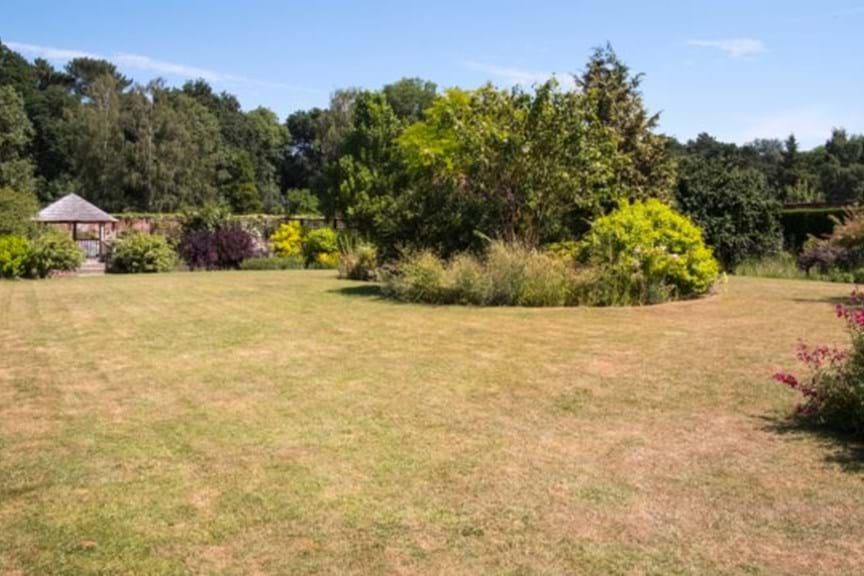
When you think of a beautiful lawn, you probably don't imagine wilting grass, brown spots or pests. Here's how to treat these common lawn problems, so your grass stays green, healthy and happy.

If most of your lawn is starting to wilt or turn brown, it might simply mean it's time to give it a deep watering. To check if your soil is giving the grass the moisture it needs, stick a screwdriver in to the soil. It should be moist for about 10-15 cm down. If it's dry, your grass needs more moisture.
Before watering, apply Yates Waterwise Soil Wetter Concentrated to improve water penetration and promote healthy growth. Watering your lawn deeply two or three times a week can be more beneficial than watering lightly every day. It's ideal to water early in the morning; watering in the evening means grass stays wet all night that can lead to fungus growth.
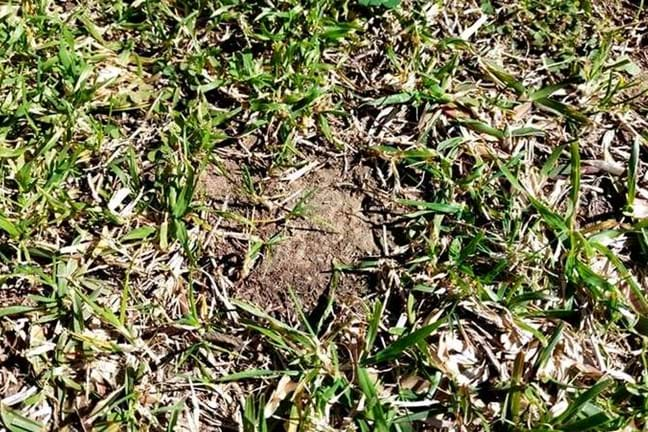
Lawns can be heavy traffic areas with play and entertainment causing damage during the summer months, so it's time to alleviate that compaction. Compacted soil limits the amount of nutrients and water that can penetrate the grass roots. By aerating an established lawn, it can loosen the soil and allow water, nutrients and air to be absorbed more deeply. This allows for deeper root development and a healthier more drought tolerant lawn. Aeration can be completed using a mechanical or inexpensive hand corer. Hand corers are great for small, lightly compacted areas, but it is highly recommended to use mechanical methods for areas that are large or heavily compacted. Mechanical corers can be hired, or a contractor organised to do the job. Cores should be made every 2.5 x 5 cm.
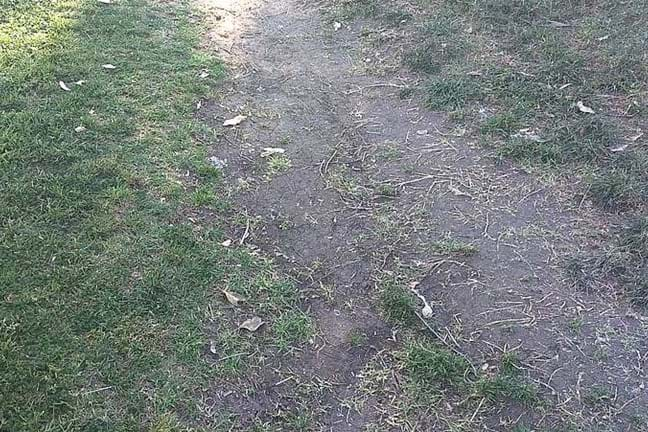
To help prevent soil compaction and improve drainage, after aerating add a sandy-soil topdress mix, generally 80% sand to 20% soil mix ratio. This can be done yearly for general maintenance, or for especially compacted soils, repeat every couple of months as leaves grow through topdress.
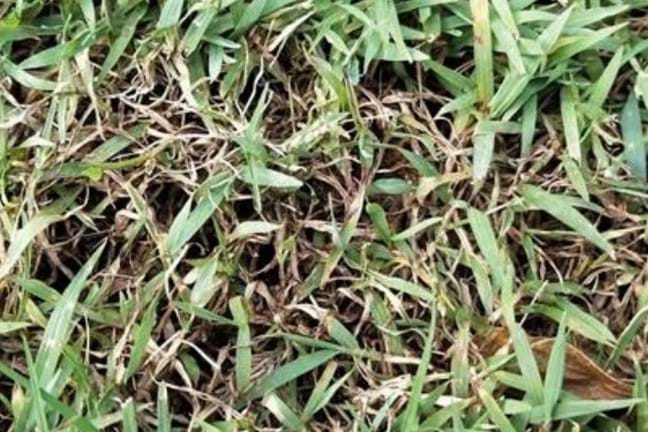
Dying spots or patches of grass can be linked to disease. Diseases enter a lawn that is underperforming in some way, it can be more common in lawns that have unbalanced nutrition, both too little and too much, have compacted or poorly drained soil, are in shaded areas, or are damp overnight. To help reduce disease, water your lawn in the morning so grass has the chance to dry before nightfall. Keep the lawn healthy and well fed to encourage disease resistance.
Brown Patch starts with small discoloured patches of grass, which spread to form irregular dead patches a metre or more in diameter. It is caused by a fungus and usually appears during times of warm, humid weather.
Dollar Spot shows in small, circular brown spots the size of an American silver dollar and is common in Bent and Queensland Blue Couch. This usually occurs in lawns that are under fertilised.
Helminthosporium is a group of diseases attributed to leaf spot diseases that start to appear on the leaves and then join (coalesce) to prevent nutrients and water getting to the parts of the leaf above these spots. This is more common on Kikuyu and Couch.
All of these can be controlled with Yates Mancozeb Plus Garden Fungicide and Miticide to take your lawn back to being healthy.
Another common fungus found on Buffalo lawns is grey leaf spot, this usually occurs when excess nitrogen has been applied prior to warm wet weather.
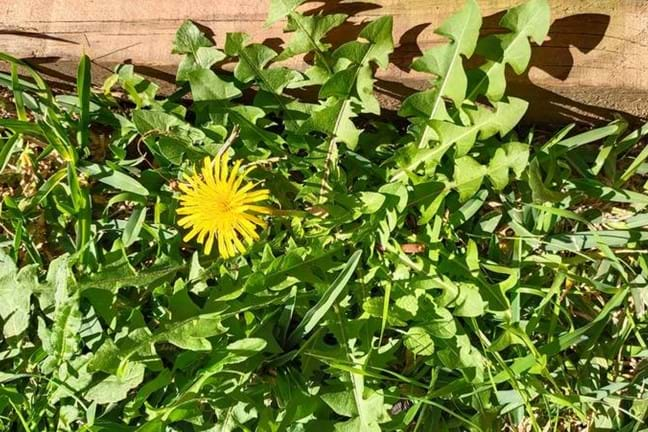
Weeds are difficult to eradicate completely in lawns. But, a lush, thick lawn helps reduce numbers by outperforming weeds, and a healthy soil can also work to help prevent weeds growing.
Broadleaf weeds such as dandelion, cat's ear and lamb's tongue usually have wide leaves that hug the ground, and can spread quickly through lawns making them uneven and dense. Similarly, clover will take over and the dreaded bindii can spread quickly and make grass painful to walk on in summer. While some weeds can be removed by hand this can be very laborious and ineffective when compared with an herbicide application. To selectively control broadleaved weeds in your lawn, use Yates' range of Lawn Weed Control products to help prevent broadleaf weeds such as bindii, clover, dandelions and capeweed, and come in granular, ready to use spray and hose-on applications to suit your lifestyle.
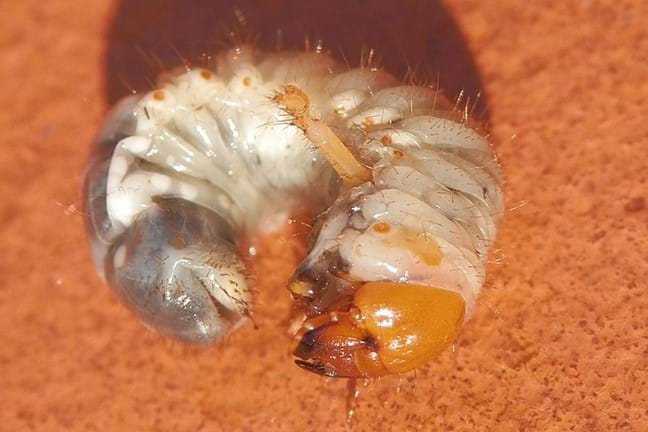
Curl Grubs (the larvae of the African Black Beetle) are one of the most common lawn insect pests. They eat grass roots just below the surface, turning the lawn yellow, then brown as it dies. A tell-tale sign is if the lawn can be lifted or rolled up like a carpet. To check if you have Curl Grubs, lay a wet towel on your lawn overnight. The grubs will be attracted to the moisture, so in the morning will be found below the towel. Yates Grub Kill & Protect can be applied as a preventative measure, to stop Curl Grubs taking hold, as well as a curative measure if you find them under your towel. Yates Grub Kill & Protect can also control other lawn pests including Sod Webworm, Argentinian Scarab larvae, Argentine Stem Weevil Larvae and Billbug Larvae, Black Cutworm, and the voracious Lawn Armyworm.
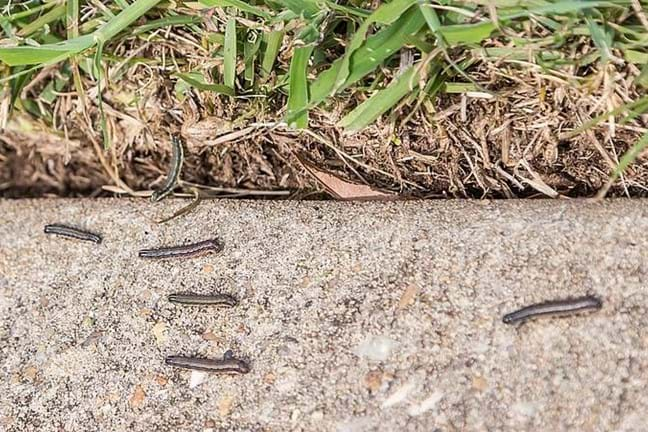
Lawn Armyworm are commonly occurring caterpillars that live up to their name. They march in a linear form and strip grass leaf blades, causing rapidly expanding bare areas. They are known for destroying a lawn in just one night when numbers are high in February-May.
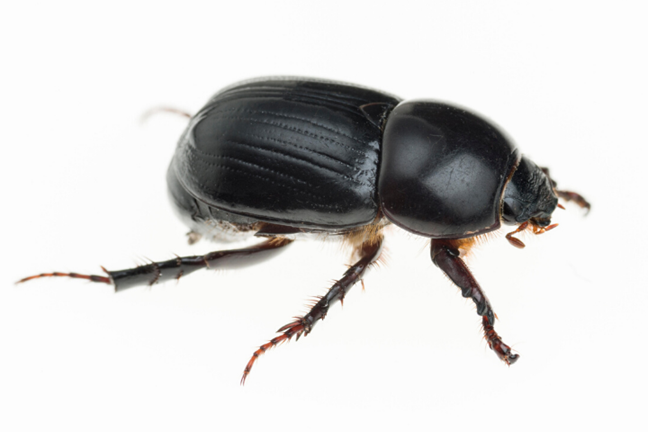
Adult African Black Beetle can be controlled by applying Yates Advanced Lawn Insect Killer. Apply from late winter to late spring to control the adult African Black Beetle (before it has a chance to lay eggs).